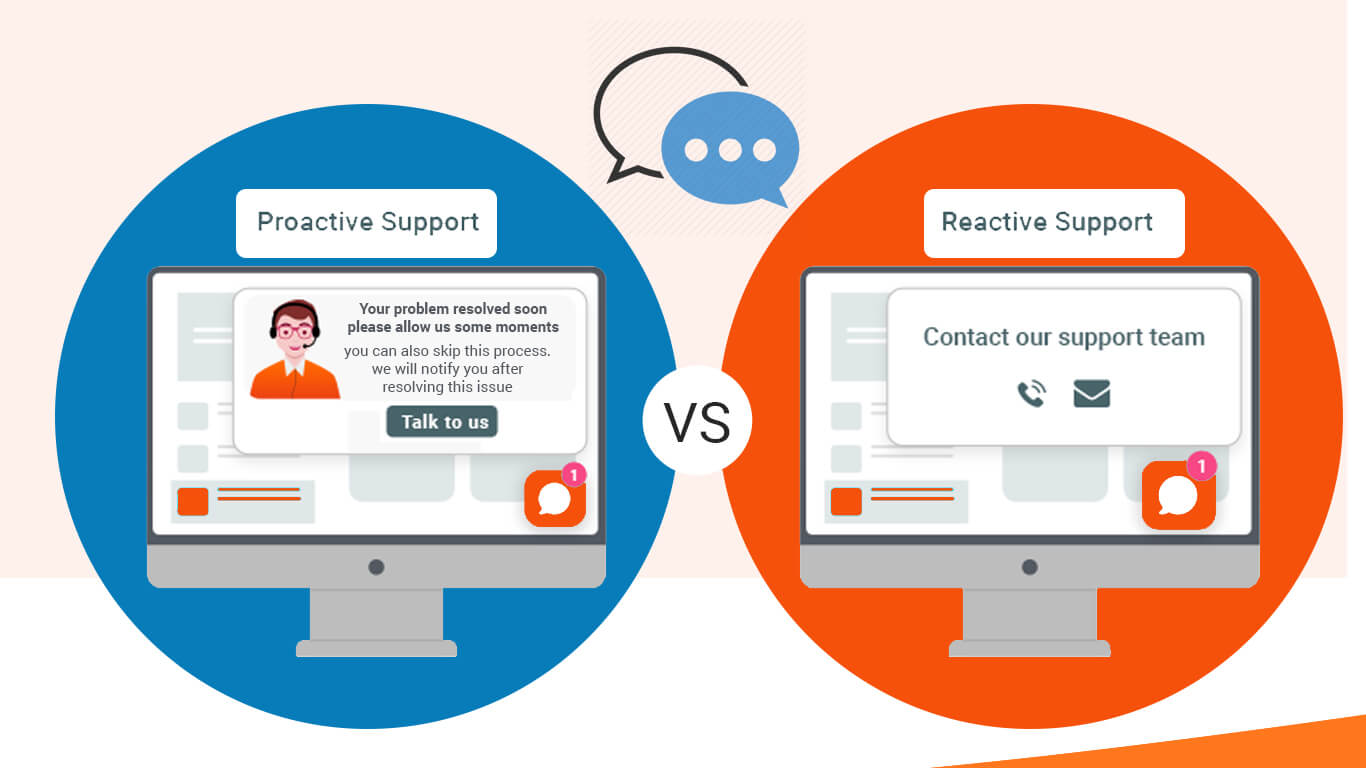In the realm of Information Technology (IT), the methodologies of proactive and reactive support represent distinct approaches to managing and addressing technical issues and challenges. Both play critical roles in maintaining and optimizing IT infrastructure, yet they differ significantly in their strategies, objectives, and impacts on business operations. Understanding the difference between proactive and reactive IT support is essential for businesses to effectively manage their IT environments and ensure seamless operations.
Reactive IT Support
Reactive IT support involves responding to issues as they arise, primarily focusing on resolving immediate problems or incidents after they’ve occurred. In this approach:
- Issue Resolution: IT personnel respond to user-reported problems, system failures, or disruptions, addressing them on a case-by-case basis.
- Incident-Centric: The focus is on fixing issues when they impact system functionality or disrupt operations, aiming to restore normalcy swiftly.
- Minimal Preparation: There’s often limited preparation or anticipation of potential issues, with attention primarily directed toward addressing current problems.
While reactive support offers quick fixes to immediate issues, it may result in increased downtime, reduced productivity, and higher costs due to emergency resolutions or unexpected system failures.
Proactive IT Support
Proactive IT support, on the other hand, involves a preventative and strategic approach aimed at minimizing issues and enhancing system reliability before problems arise. Key aspects of proactive support include:
- Monitoring and Maintenance: Regular monitoring of systems, preemptive maintenance, and performance assessments to identify and address potential issues before they escalate.
- Predictive Measures: Employing tools and analytics to predict and prevent issues based on historical data and trends, ensuring early intervention.
- Risk Mitigation: Focus on risk management and continuous improvement to enhance system stability, security, and performance.
Proactive IT support aims to prevent disruptions, reduce downtime, and optimize system performance, thereby promoting a more stable and efficient IT environment.
Importance and Business Impact
While reactive support is essential for addressing immediate issues, proactive support offers several advantages:
- Preventive Maintenance: Proactive support helps in preventing potential problems, reducing the frequency and impact of incidents, thereby saving time and resources.
- Improved Productivity: By minimizing downtime and interruptions, proactive support enhances productivity by keeping systems functioning optimally.
- Cost-Efficiency: Anticipating and preventing issues before they occur can lead to cost savings by avoiding emergency fixes or costly downtime.
Striking a Balance
The ideal IT support strategy often involves a blend of both proactive and reactive approaches. While proactive support aims to prevent issues, reactive support remains crucial for swiftly addressing unforeseen incidents or urgent matters that may arise despite preventive measures.
Conclusion
In the dynamic landscape of IT management, both proactive and reactive support are integral components, each serving a distinct purpose. Businesses benefit from a balanced approach that prioritizes proactive measures to prevent issues while ensuring readiness for reactive responses when needed. Striking this balance enables businesses to maintain efficient IT operations, mitigate risks, and proactively address challenges before they impact productivity and performance.

